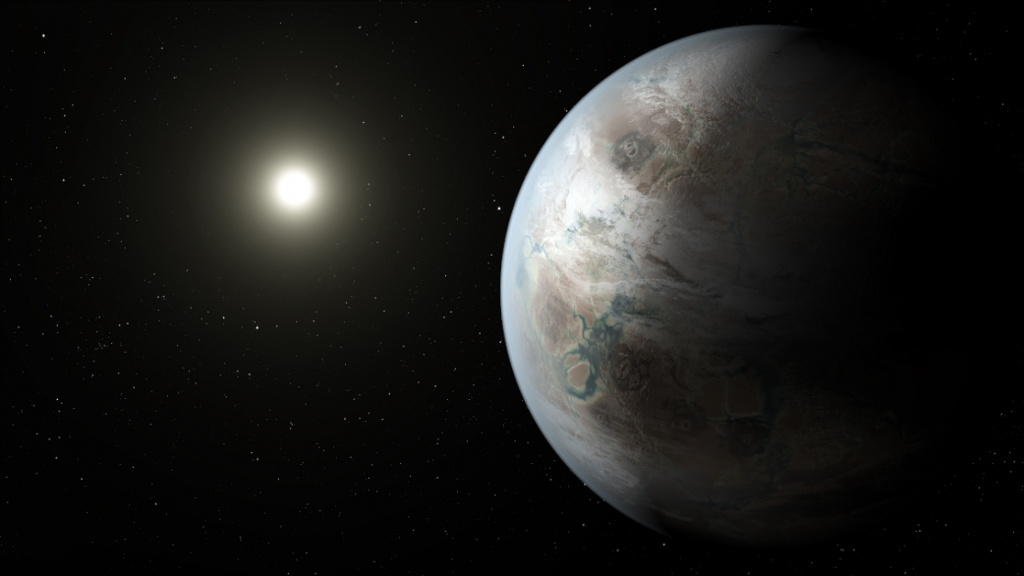In a recent breakthrough, a collaboration between scientists from the University of New Mexico (UNM) and the Massachusetts Institute of Technology (MIT) has led to the remarkable discovery of exoplanets with the longest orbital periods ever detected by the Transiting Exoplanet Survey Satellite (TESS).
This significant revelation unveils the existence of two massive warm Jupiter-type planets, each boasting a radius approximately six times that of Earth. Positioned around a K dwarf star, which is a tad smaller and cooler than our Sun, TOI-4600 b boasts an orbital period of 82.69 days, while TOI-4600 c’s period is much lengthier at 482.82 days.
A fascinating aspect of this discovery is the collaborative effort it entailed. UNM’s Ismael Mireles, the lead author of the research paper, enlisted the aid of both professional and amateur astronomers worldwide to confirm the planets’ existence. These dedicated citizen scientists had a pivotal role in this confirmation, as they observed transits that unequivocally established the planetary nature of the objects.
Diana Dragomir, an assistant professor in UNM’s Department of Physics and Astronomy, emphasized the valuable role played by these amateur astronomers, noting that their diligent efforts produced results of professional quality.
To comprehensively analyze the celestial dynamics, Mireles and his team meticulously replaced velocity measurements with data on how much the host star wobbled due to its gravitational pull on the planets. The movement of the target star was observed to be minimal, leading to the exclusion of alternative explanations. Mireles explained that these combined observations left little doubt about the presence of the two planets.
Detailed analysis revealed that TOI-4600’s radius is just under seven times that of Earth, while TOI-4600 c’s radius is approximately nine and a half times Earth’s size. Moreover, the researchers compared these newly discovered exoplanets with multi-planet systems identified in previous missions and studies.
One of the central objectives of this research is to gain insights into planet formation. Interestingly, the distinctiveness of the exoplanet systems discovered thus far highlights the dissimilarity to our own solar system. Mireles expressed the curiosity surrounding planet formation and the aspiration to understand the formation processes of these various systems that differ from the solar system’s blueprint.
The revelations offered by this new data open up a realm of intriguing inquiries that the researchers are eager to explore further. Mireles articulated their quest to fathom the origins of these planets, to uncover the possibility of other planets within the system, and to unravel the intricate interactions between massive and smaller planets. The quest to comprehend these dynamics promises to illuminate the mysteries of planet formation.

